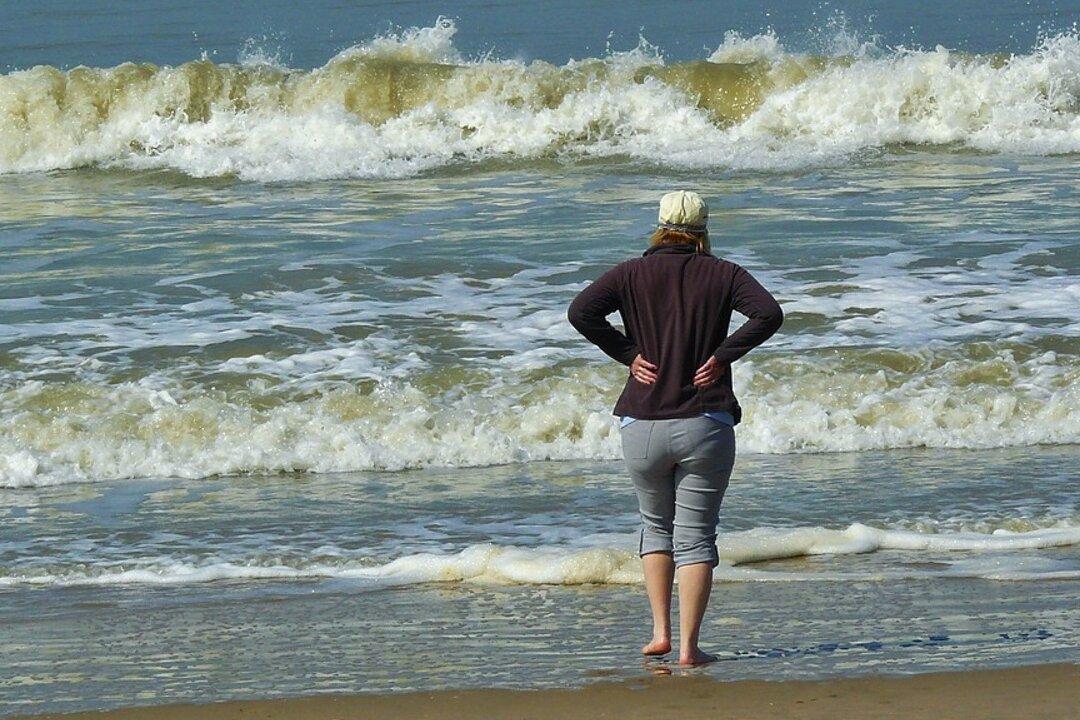Warning: Graphic photos.
A Port Charlotte woman who visited Florida’s Manasota Beach before the Fourth of July holiday ended up having to get part of her foot surgically removed after contracting a flesh-eating disease.


A Port Charlotte woman who visited Florida’s Manasota Beach before the Fourth of July holiday ended up having to get part of her foot surgically removed after contracting a flesh-eating disease.